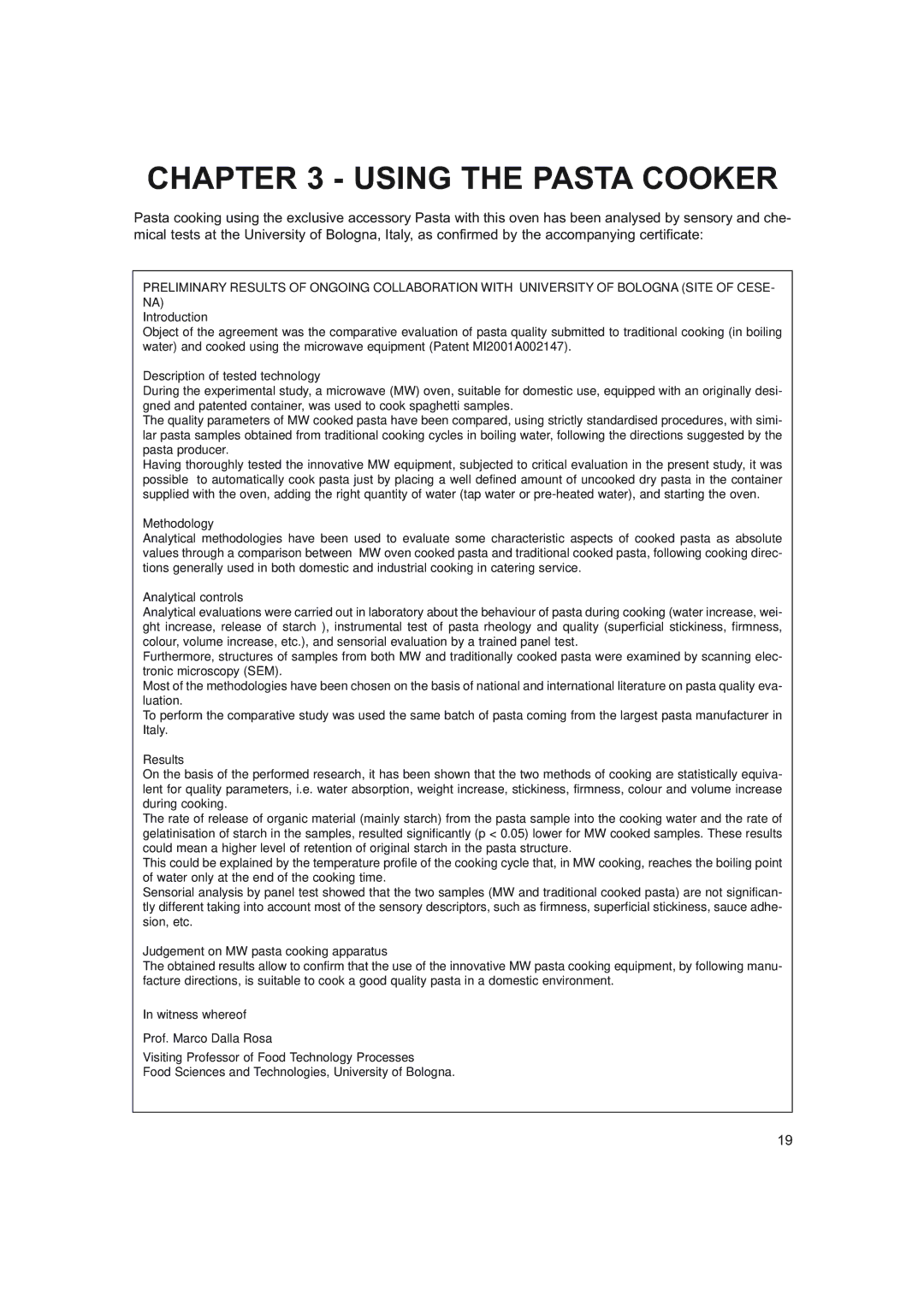6685X specifications
The Hotpoint 6685X is an advanced freestanding washing machine that combines efficiency, versatility, and modern technology to meet the needs of today's consumers. Designed to accommodate a variety of laundry requirements, this model stands out with its robust build and an extensive range of features.One of the key characteristics of the Hotpoint 6685X is its impressive capacity, capable of handling up to 8 kg of laundry per cycle. This makes it ideal for families or households with heavy washing demands. The machine also boasts a spin speed of 1600 rpm, ensuring efficient water extraction and reducing drying time.
Equipped with the latest technologies, the Hotpoint 6685X features the Eco Tech system, which optimizes water and energy consumption. This not only helps users save on utility bills but also contributes to a more sustainable lifestyle, aligning with growing environmental concerns. Additionally, the machine offers a variety of wash programs tailored for different fabric types and levels of soiling. From quick washes for lightly soiled items to specialized cycles for delicate fabrics, the Hotpoint 6685X ensures optimum cleaning while protecting garments.
Another notable feature is the Intelligent Sensor Technology, which automatically adjusts the washing parameters based on load size. This means that whether you're washing a small load or a bulky set of towels, the machine will optimize water, detergent, and duration for the best results.
The Hotpoint 6685X also includes a user-friendly digital display that makes setting up cycles a breeze. Users can easily navigate through the various options and monitor progress, ensuring a seamless laundry experience. Its sleek design and modern stainless-steel finish not only provide a contemporary look but also enhance durability and ease of cleaning.
Moreover, the machine is equipped with a delay timer feature, allowing users to set the wash cycle to begin at a more convenient time. This is especially useful for individuals who wish to benefit from off-peak energy tariffs.
In summary, the Hotpoint 6685X brings together functionality, technological innovation, and convenience in one package. Its robust features, efficient cycle options, and environmentally friendly technologies make it an excellent choice for consumers seeking a reliable washing machine that caters to diverse needs. With its blend of style and performance, the Hotpoint 6685X is poised to become a staple in modern households.

